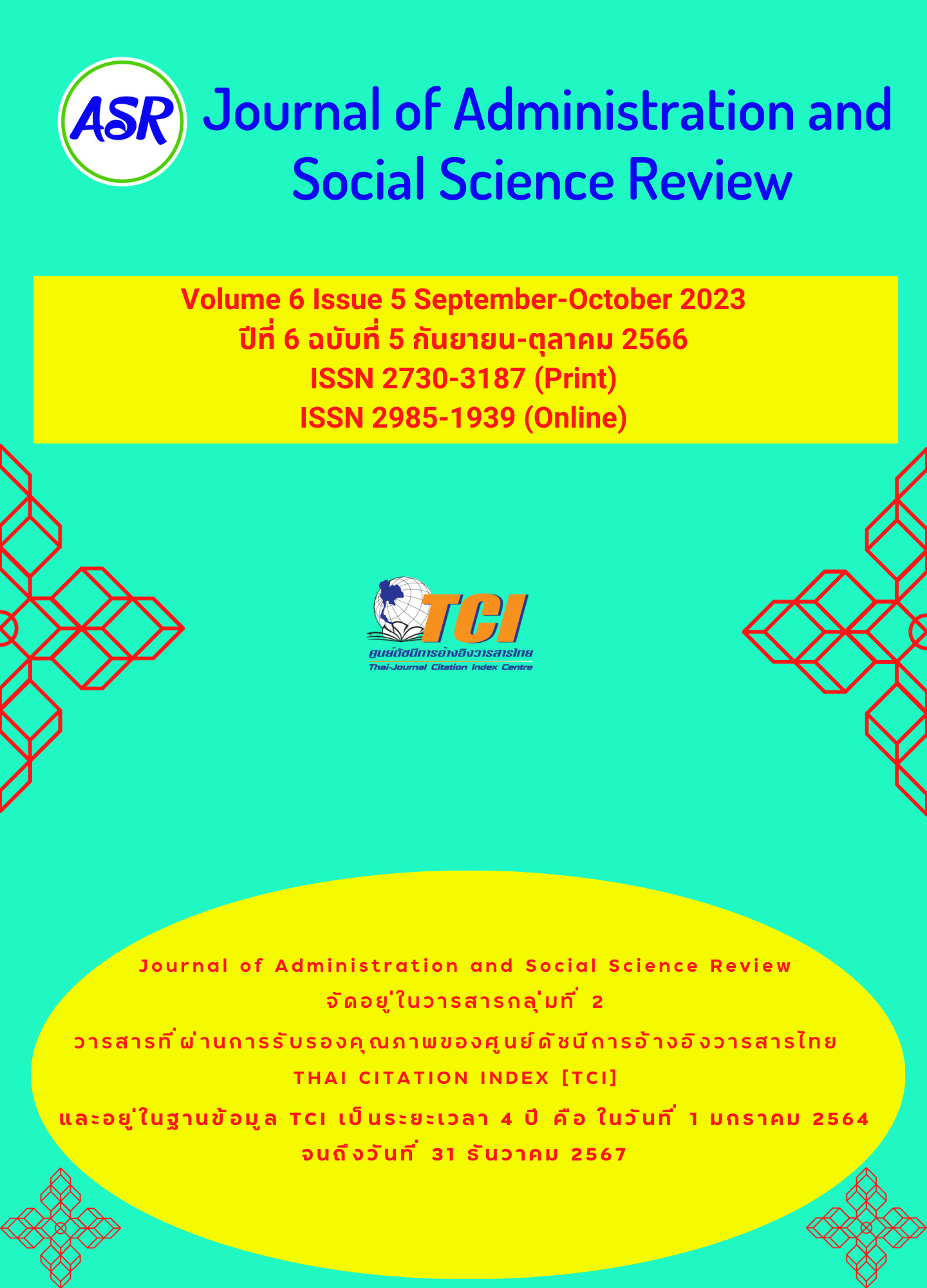แนวทางการบริหารงานกิจการนักเรียนของกลุ่มโรงเรียนร่วมจิต-ผาเลือด สังกัดสำนักงานเขตพื้นที่การศึกษาประถมศึกษาอุตรดิตถ์เขต 2
คำสำคัญ:
งานกิจการนักเรียน, การบริหารงานกิจการนักเรียน, ความเหมาะสมบทคัดย่อ
บทความวิจัยนี้มีวัตถุประสงค์เพื่อศึกษาความต้องการจำเป็นการบริหารงานกิจการของกลุ่มโรงเรียนร่วมจิต–ผาเลือด สังกัดสำนักงานเขตพื้นที่การศึกษาประถมศึกษาอุตรดิตถ์เขต 2 ประชากรวัตถุประสงค์ข้อที่ 1 และ 3 คือ ผู้บริหารสถานศึกษา ครู คณะกรรมการสถานศึกษา ในกลุ่มโรงเรียนร่วมจิต-ผาเลือด รวม 118 คน กลุ่มตัวอย่างวัตถุประสงค์ข้อที่ 2 คือ ผู้บริหารสถานศึกษา 4 คน ครูที่ได้รับรางวัลงานกิจการนักเรียน 3 คน นักจิตวิทยา 1 คน ศึกษานิเทศก์ 1 คน รวม 9 คน เครื่องมือที่ใช้ในการวิจัย คือ แบบสอบถามและ แบบสัมภาษณ์ วิเคราะห์ข้อมูลโดยใช้ ความถี่ ร้อยละ ค่าเฉลี่ย ส่วนเบี่ยงเบนมาตรฐาน ดัชนีลำดับความต้องการจำเป็นและการวิเคราะห์เนื้อหา
ผลการวิจัยพบว่า ความต้องการจำเป็นการบริหารงานกิจการนักเรียนของกลุ่มโรงเรียนร่วมจิต-ผาเลือด สังกัดสำนักงานเขตพื้นที่การศึกษาประถมศึกษาอุตรดิตถ์ เขต 2 โดยเรียงลำดับจากมากไปน้อย ได้แก่ ด้านงานสอนนอกเหนือหลักสูตร; ส่งเสริมประชาธิปไตย ด้านงานสวัสดิการและบริการ ด้านงานสอนนอกเหนือหลักสูตร; ส่งเสริมคุณธรรม จริยธรรม ด้านงานกิจกรรมนักเรียน ด้านงานวินัยและความประพฤติ และด้านงานระบบดูแลช่วยเหลือนักเรียน แนวทางการบริหารงานกิจการนักเรียนของกลุ่มโรงเรียนร่วมจิต-ผาเลือด สังกัดสำนักงานเขตพื้นที่การศึกษาประถมศึกษาอุตรดิตถ์ เขต 2 คือ ด้านงานสอนนอกเหนือหลักสูตร; ส่งเสริมประชาธิปไตย จัดทำคู่มือ ปฏิบัติกิจกรรม ด้านงานสวัสดิการและบริการ สถานศึกษา ผู้ที่เกี่ยวข้องกำหนดนโยบาย ประเมินโครงการร่วมกัน ด้านงานสอนนอกเหนือหลักสูตร; จัดทำคู่มือนักเรียน ส่งเสริม อบรม คุณธรรม จริยธรรม ร่วมกับหน่วยงานที่เกี่ยวข้อง ด้านงานกิจกรรมนักเรียน สถานศึกษา ผู้ที่เกี่ยวข้อง สร้างความเข้าใจ กำหนดหน้าที่ร่วมกัน ด้านงานวินัยและความประพฤติ สถานศึกษา ผู้ที่เกี่ยวข้อง กำหนดมาตรการร่วมกัน ด้านงานระบบดูแลช่วยเหลือนักเรียน สถานศึกษา ผู้ที่เกี่ยวข้อง สร้างความเข้าใจ กำหนดแนวทางการดูแลช่วยเหลือนักเรียน



